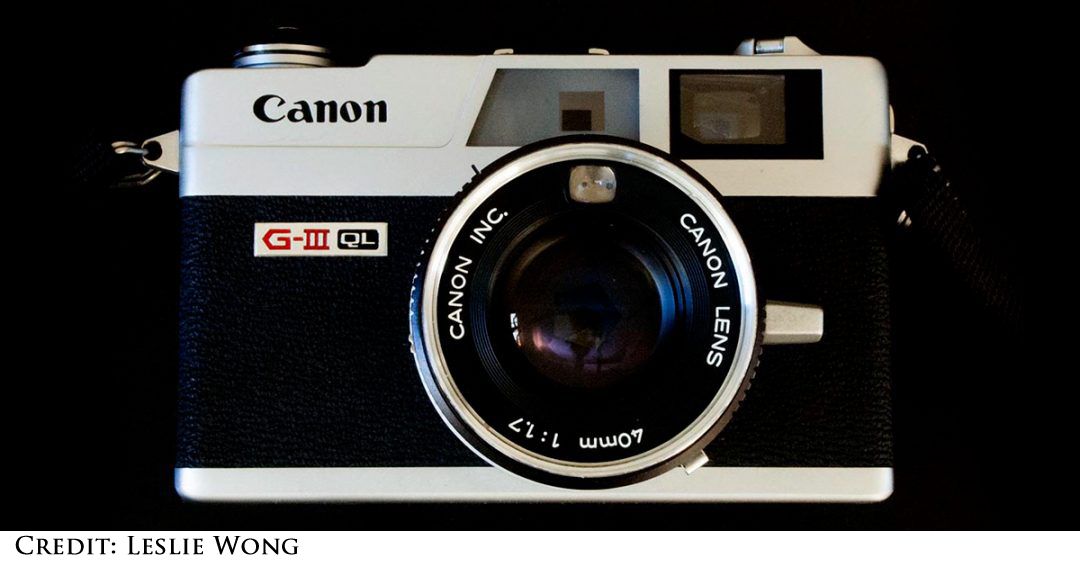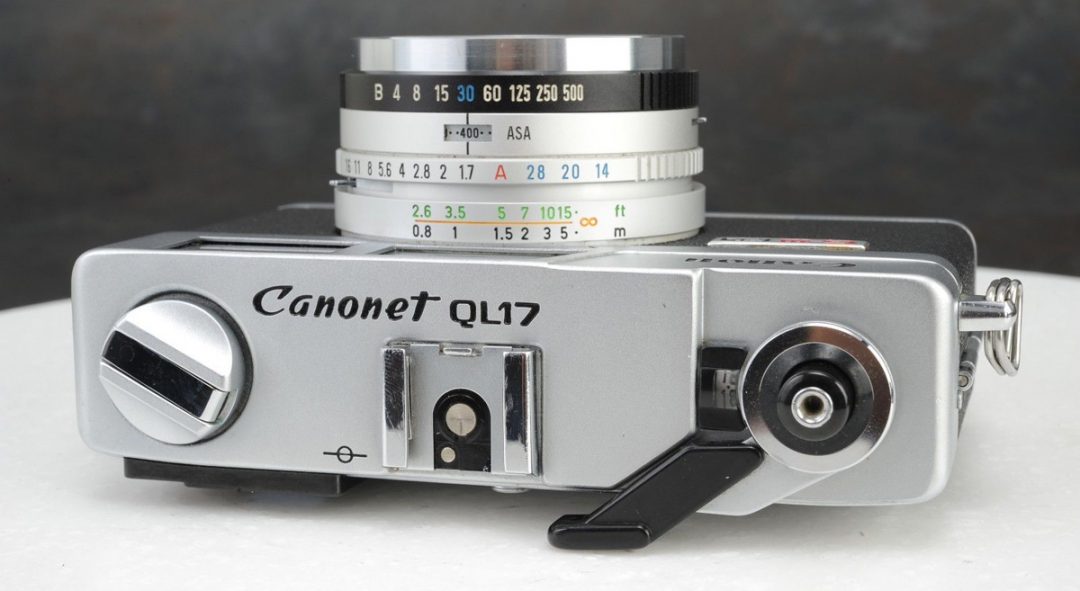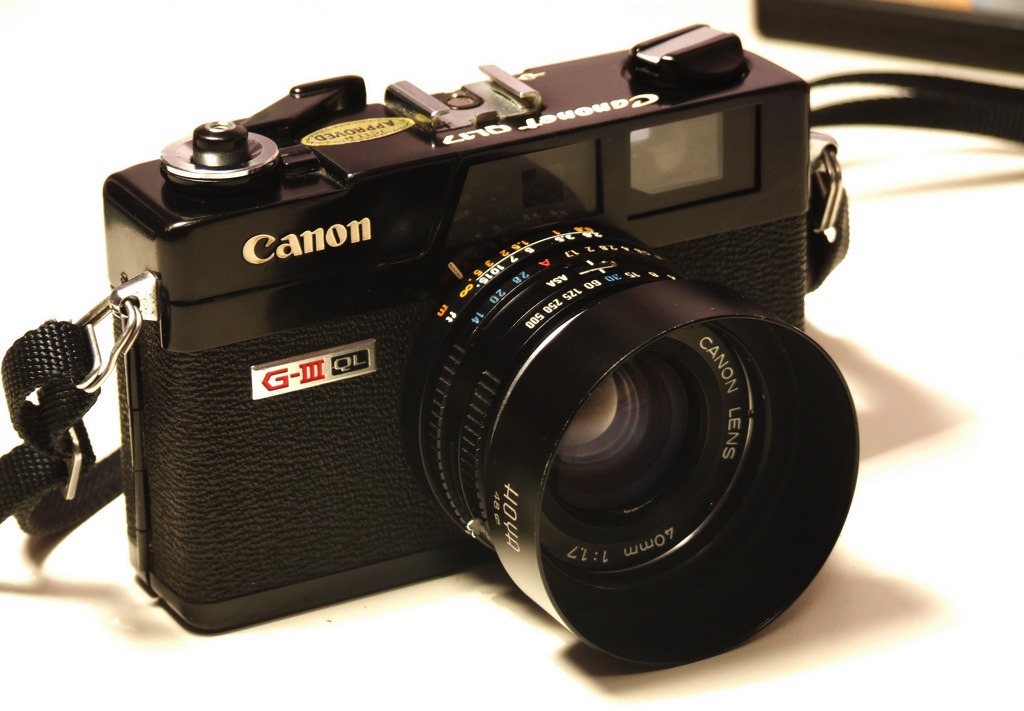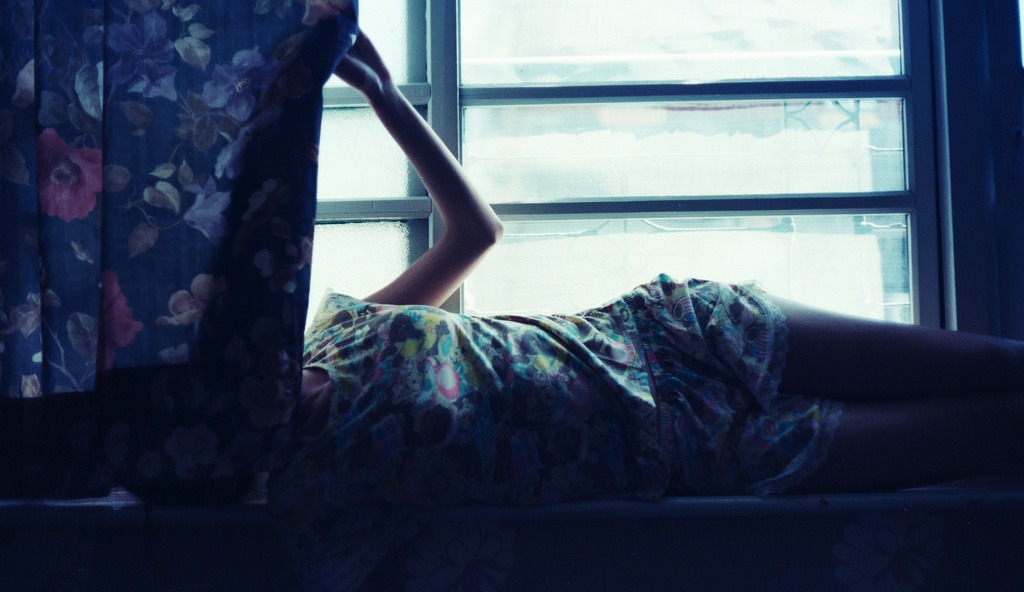Canonet G-III 17
It even sounds like Canon thought of it as their ‘baby’. It was released in 1972, and was one of Canon’s best sellers for 10 years. However, now it is almost a cult camera unknown by most photographers. (except analog freaks like us 😊) However, the Canonet G-III 17 is one of Canon’s almost forgotten best rangefinders ever. The features are impressive. Especially considering its’ price range these days. Most of all, it’s fast and sharp 40mm, f/1.7 lens and ability to flash sync at all speeds makes it the exception, not the rule. For a 70’s rangefinder, it was one of the best. While it’s not a camera I would imagine Henri Cartier-Bresson trading in his Leica for, it’s probably the best rangefinder in this price range.
Canonet G-III 17 – Sharp and Cheap
The fast, very sharp lens put it in a category of only a couple of other rangefinders of the time. The were the cream of the crop. It was actually suppose to be a fixed lens version of a Leica CL! They had automatic exposure and manual override. Canon sold over 1.2 million in a ten year period, so finding sweet examples in mint condition is not all that hard. The Canon web site says it was THE most popular rangefinder it ever produced. They also made a cheaper version called the Canonet G-III 19, which had a 45/f/1.9 lens.
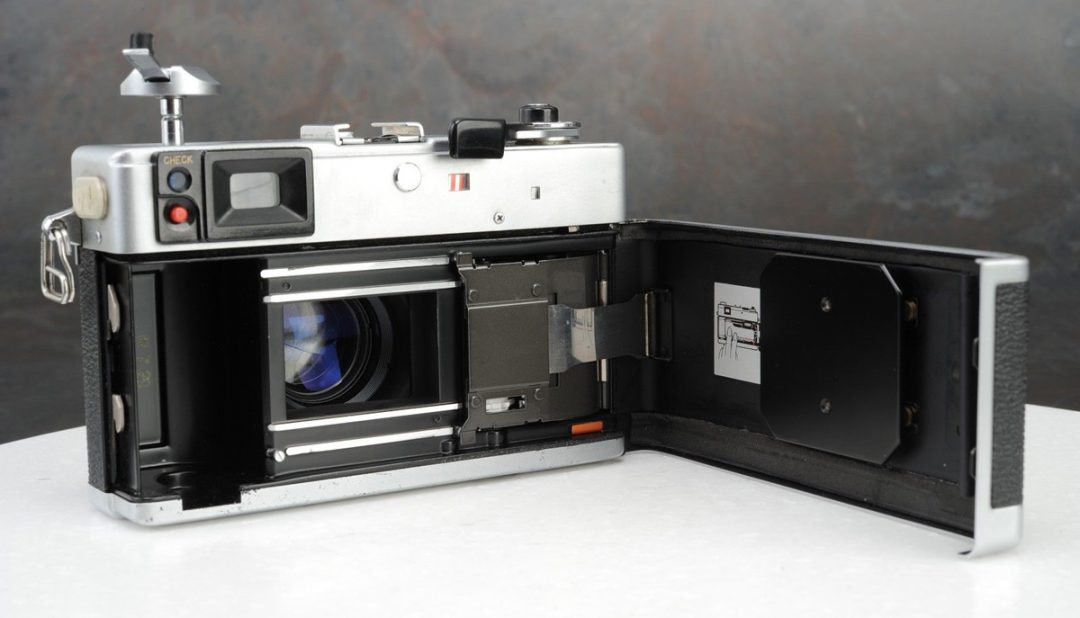
It has a lens that could focus to 2.6 ft., a .6X viewfinder, compensating framelines and even a hotshoe. When in AE mode, the aperture was shown in the finder. Also, a 1/4 to 1/500th leaf shutter, which would sync at all speeds. And bulb and self timer. The meter had an EV range of 3.5 to 17 at ISO 100.
Flash – No TTL, But Auto was Precise
However, there is no metering in manual mode. I guess it was the days of light meters for those savvy enough to use manual. The film advance was very smooth, and the lever was very large. You could facilitate AE lock with just a half press on the shutter release. Canon’s Quick Loading film feature was very advanced in 1972. No TTL, but with the Canolite D flash set to “A”, everything was automatic, and they are quite accurate. The ISO range of 25 to 800 is shown on top of the lens.
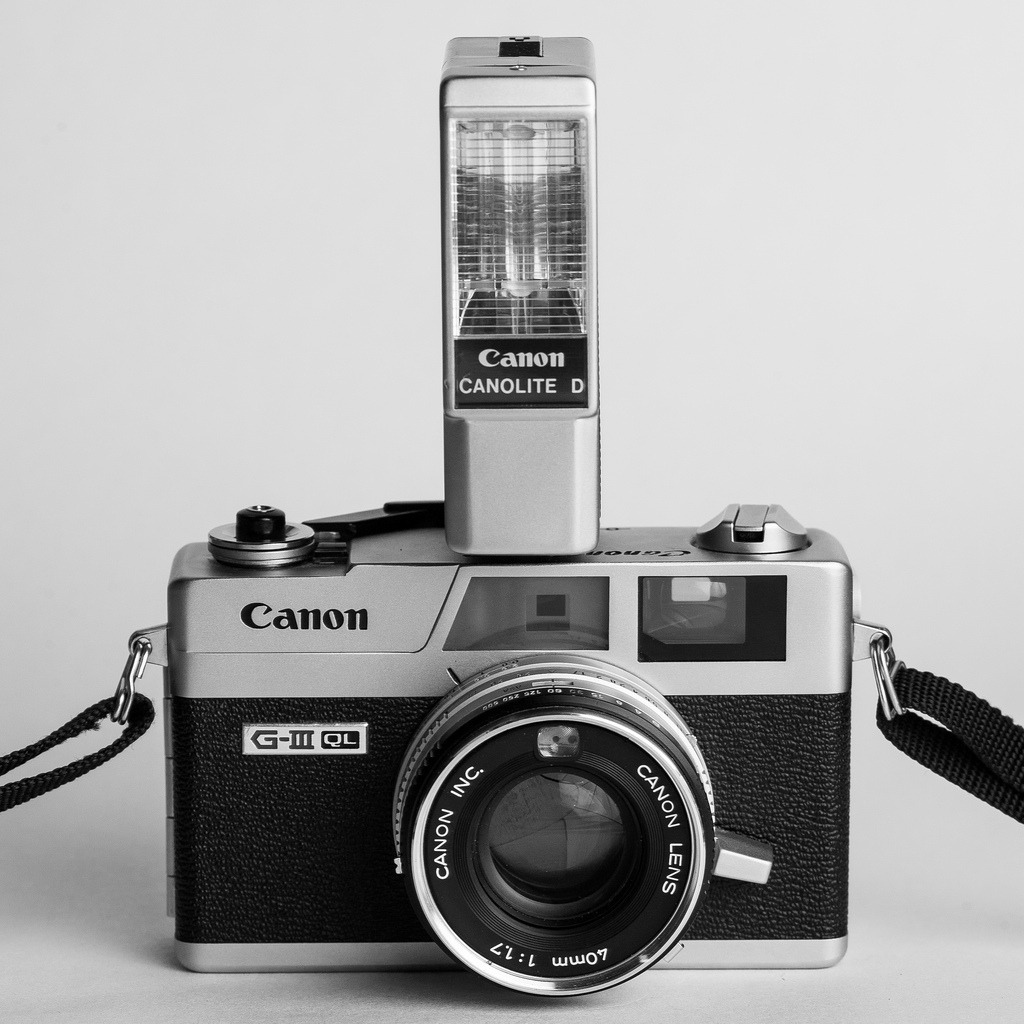
It also has a PC sync connector. The lens cap actually turns off the camera! The filter size is a little weird, (48mm),…but it can take filters. There is also a threaded shutter button for a cable release. The CDS cell, (light), is on the lens, so all filters are compensated for. And a battery test button.
Mercury Batteries,…Boo!
If I had just one thing bad to say about this camera it would be the battery. Replaceable today with alkaline batteries, they were originally mercury,…which are of course banned today. You may have to get meter adjusted when switching over. Or just buy one that has newer battery.
The Canonet G-III 17 and 19 are both solidly built cameras belying their price. The viewfinder is very large and bright,…not quite a Leica M, but really good. They came in both chrome and black, although the blacks are pretty rare. It is quite pleasant to shoot, not uber heavy, and with Canons excellent Quick Load system, a steal. While it is a fixed lens, it’s up there in lens sharpness, ease of use, and,…they are really cheap. 😁 Find Canonet G III 17
Manual

